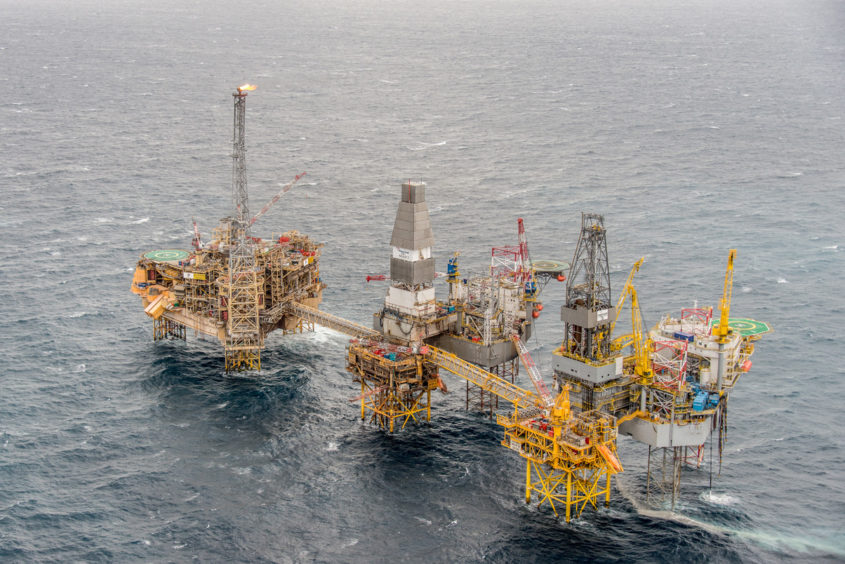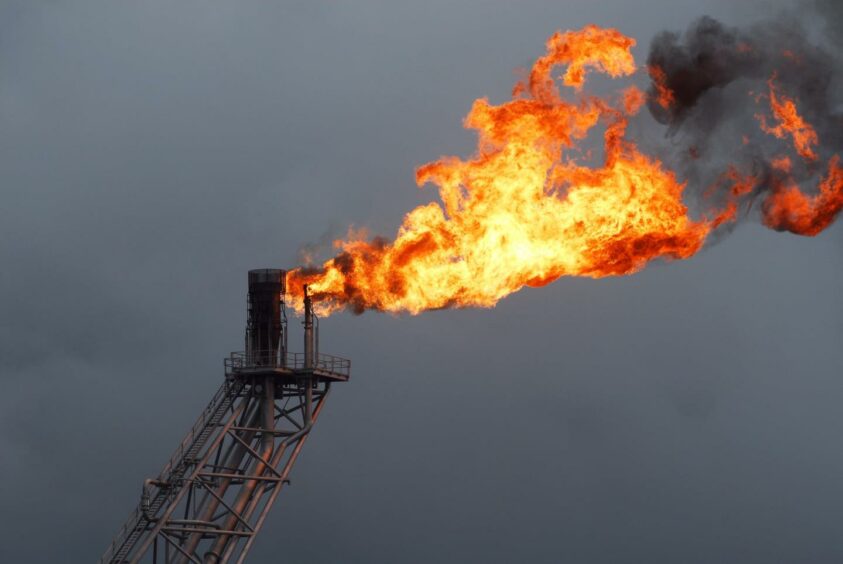
The UK oil and gas industry remains of huge importance to the economy, even though it’s massively depleted after almost 50 years of oil and approaching 60 years of gas production.
But, for worthwhile production to continue for at least the next decade and a half, there is an urgent need to slash its emitted carbon and methane footprints.
Operators must work hand-in-glove with their supply chain and the North Sea Transition Authority if they are to achieve this and hold on to social licence in the face of the mounting global climate crisis.
Electrification and elimination of virtually all emissions are the two key tools available to the industry, according to Tom Wheeler, director of operations at the NSTA.
To keep the ball rolling and secure the best of what is left will gobble something like:
£25 billion to develop new oil and gas fields or expand existing resource;
£50 billion to maintain or improve existing infrastructure.
“We’re talking about very substantial investments,” says Wheeler.
There will be an emphasis on West of Shetland, Central North Sea – notably the Central Graben) and Outer Moray Firth.
“We think each of the projects (potentially on the slate) are really important,” he says.
“Under the North Sea Transition Deal there are specific targets, such as £1-2billion to be spent on electrification by 2030 which I think is going to be difficult but still achievable.”

However, last October, the NSTA warned that UK operators and co-stakeholders were already taking decisions that will have a bearing on their ability to meet the commitments not just up to but also beyond 2030, and to play their part in ensuring the UK meets its Net Zero by 2050 target.
Wheeler: “I see a future for oil and gas in the North Sea and WoS, and for it to go on much longer than 2030-35. If we can demonstrate that it can be done cleaner than anywhere else in the world then the only way it is possible to achieve that is through electrification.
“The NSTA’s emissions reduction plan (published March 27) was all about codifying the steps that we think are essential to get the industry fit for the 2030s.
By that I mean an industry that can go on producing in the 2030s and continue developing.”
Cutting emissions offshore
With mostly gas turbine-based power generation aboard production facilities accounting for 79% of UKCS emissions in 2022, for example, the NSTA claims that the prize for achieving large-scale power emissions reductions is huge.
Given that 3% of total UK greenhouse gas emissions are the result of offshore oil and gas operations, the regulator believes that electrifying new and existing platforms could deliver carbon savings of up to 22 million tonnes by 2050.
Current power demand for all facilities on the UKCS is around 2,300MW. This is forecast to drop to about 1,360MW in 2030, with WoS accounting for about 200MW of that and the CNS some 800-900MW.
The reality is that the UK has been slow off the carbon reduction mark. Norway made its initial electrification decision in the mid-1990s. Not long after, along came BP with a proposal to power Forties from the beach and offer a plug-in opportunity to others in that field’s vicinity. Then the idea was quietly disappeared.
It did not suit the industry’s purpose and UKCS production was yet to peak. That happened in 1999.
Thirty years-on, today’s UKCS electrification push is born out of the climate crisis and the resultant North Sea industry’s fight for survival if it fails to comply with UK carbon elimination by 2050 commitments.
The March 27 NSTA report emphasises the “need for action across the board on production decarbonisation – including on flaring and venting and the electrification of oil and gas installations – to ensure the future of the industry”.
The key message is that if the North Sea industry is to continue securing supplies for the UK, it has to first secure its social licence.
Countering industry position by letting ‘actions talk’
Electrification is about identifying the assets with potential, and then pushing companies to electrify them, with the NSTA ready and willing to legitimately provide support.
But what about all those non-believers out there – general public and environmental activists? What can the NSTA do about that?
“I think we’ve got to let our actions talk,” says Wheeler. “The best thing industry can do is offer a strong, coherent argument that it is worth continuing to produce.
“If we’re producing here and it’s dirtier than anywhere else in the world, that would undercut any argument we’ve got. But the industry’s opportunity to persuade through talking is diminishing.”
Reality appears to render hollow the oft-made claim that it is better to produce from the North Sea given the strict manner in which it is managed, than almost anywhere else.
However, the bulk of UKCS oil production is exported. Most of what the UK market actually uses is imported.
According to Statista: “The US is the main supplier of both crude oil and natural gas liquids for the UK.
“In 2022, some 15 million metric tons of crude oil were imported from the U.S. – meaning the North American country overtook long-running main supplier Norway. Libya, Algeria, and Canada round out the top five origin countries. That year, crude oil and NGL imports in the UK totalled around 43 million tonnes.”
The UK exported 28.6 million tonnes. This means the UK has little or no control over how its imports are produced.
What North Sea projects are forging ahead with electrification?
That aside and staying with electrification, is there a UKCS project out there that could act as a role model? Like West of Shetland, for example?
Presently, CNOOC International is working on plans to electrify the Buzzard platform in the Central North Sea, while a consortium of BP, Shell, and TotalEnergies is focusing on installations in the Central Graben Area. And Ithica is said to be forging ahead with its Outer Moray Firth project.
Electrification options are being explored West of Shetland too. In December 2022, North Sea producers BP, Equinor, and Ithaca Energy agreed to explore electrification options covering BP-operated Clair, Equinor-operated Rosebank and Ithaca’s Cambo asset. Their MoU was signed not long after the WoSE (West of Shetland Electrification) group was established.
So it seems there are exemplars out there.
Moreover, EV understands that National Grid has received a grid connection application from BP and there is a substantial investment in this.
It’s of course very well-known that the controversial Rosebank will be completed electrification-ready.
It will utilise the modern Petrojarl Knarr FPSO which, when built in 2014 for operator BG anticipated electrification, together with vapour recovery and closed-flare kit.
“It is essential that we get WoS fields electrified,” warns Wheeler. “Basically, anyone expecting to produce assets on the UKCS beyond 2035 should be well into the electrification conversation.”
Encouragingly, after the NSTA provided input into Crown Estate Scotland’s Innovation and Targeted Oil & Gas (INTOG) offshore wind leasing round, exclusivity agreements for seven INTOG projects aimed at decarbonising oil and gas platforms were signed last year, thus paving the way to a series of developments.
However and ironically, the biggest challenge confronting UKCS operators seeking to electrify assets is exactly the same as for offshore wind projects … delays of up to 15 years before being granted a power connection by National Grid.
The situation for WoS is reckoned to be the “least intractable” but it’s trickier for the North Sea projects, suggests Wheeler.
“However, the Outer Moray Firth and Central Graben (plus wider CNS) projects came together of their own accord and largely stuck together,” he says. “Our job is to hold them together.”
A very rocky road for electrification
But what about the currently uncertain licensing situation, assets ownership flux, deepening climate crisis and UK government craziness coupled with the outright failure of the AR5 offshore wind licensing round; they add up to a very rocky road for electrification do they not?
“Yes, it is difficult,” admits Wheeler. “But oil and gas is used to difficult change.
“What we’re saying to them is, if you would like to continue producing into the ‘30s and ‘40s and you want to go on developing beyond 2030, then you will need to buy a ticket to electrify and we’ll work with you.”
Switching to the virtual elimination of gas flaring/methane venting, progress is more tangible.
It was reported just over a year ago that North Sea flaring had been halved following four consecutive years of reductions driven by tough measures to make UK oil and gas production cleaner.
NSTA data shows that, in 2022 alone, UKCS flaring was cut by 13% to 22 billion cubic ft of gas, contributing to a total decrease of 50% since 2018.
In simple terms, the reduction in 2022 alone equated to the gas demand of 80,000 UK homes.
Wheeler says the work to hammer down flaring (CO2 is the big issue) and venting (CH3 is an extremely pernicious greenhouse gas) must be done. No one can escape their obligation.
The objective remains to achieve zero routine flaring across all North Sea production installations, whether new or existing, by 2030 at the latest.
One piece of good news on this front is that Clair Phase 1 is expected to return to zero routine flaring by the end of 2024 following a significant investment in the vapour recovery unit on the platform.
It is perhaps worth pointing out that BP is well placed WoS given that Clair and Quad 204 installations are very modern and are equipped to meet non-flaring/venting obligations.
Older assets are set to be hit by emissions regulation
This is not the situation in the North Sea where a lot of infrastructure is old, will soon be life-expired and will not be worth investing in further.
Operators of fields likely to produce at least to 2030 and still flaring have been written to by Wheeler requesting their plans for mitigation.
“If they are intending to go on producing beyond 2030, first of all they will have to reply to my letter and tell me what their plans are,” he says.
Energy Voice has been advised that 12 of the 14 operators responded with their plans by the deadline, and the remaining two asked for some more time to complete their responses.
The most recent news event regarding the fitting of flared gas recovery equipment aboard existing platforms is the decision by operator TotalEnergies to award contractor Wood to deliver a new system to the CNS Elgin-Franklin assets, which have been producing for 20 years and are expected to last until around 2040.
In terms of progress getting to zero routine flaring, the first steps are those two (Clair Phase One and Elgin-Franklin). They will be the first of many steps that we expect.
The industry can’t do them all by 2029 because the supply chain won’t be able to cope; which is why early adopters like these are so important.
There will be production attrition as a result of some operators pulling stumps on assets earlier than they had hope. However, Wheeler says the NSTA has already taken account of that in its forecasting.
He adds: “In almost all cases, assets near end of life are the ones that have the lowest production, lowest and often negative margins and very high emissions intensity. So, we’re not going to lose vast volumes of oil and gas when they go.
“This is a rational industry; the companies will make rational economic decisions.”
Recommended for you

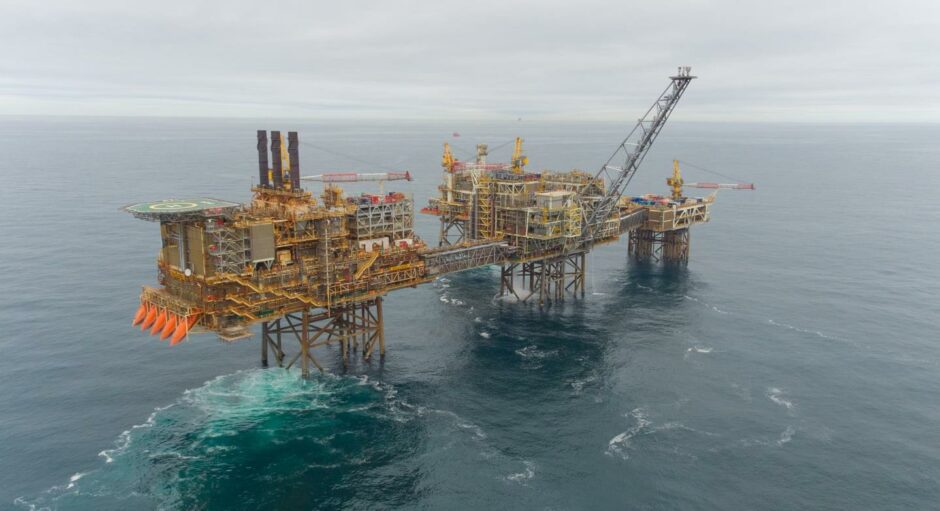 © Supplied by CNOOC
© Supplied by CNOOC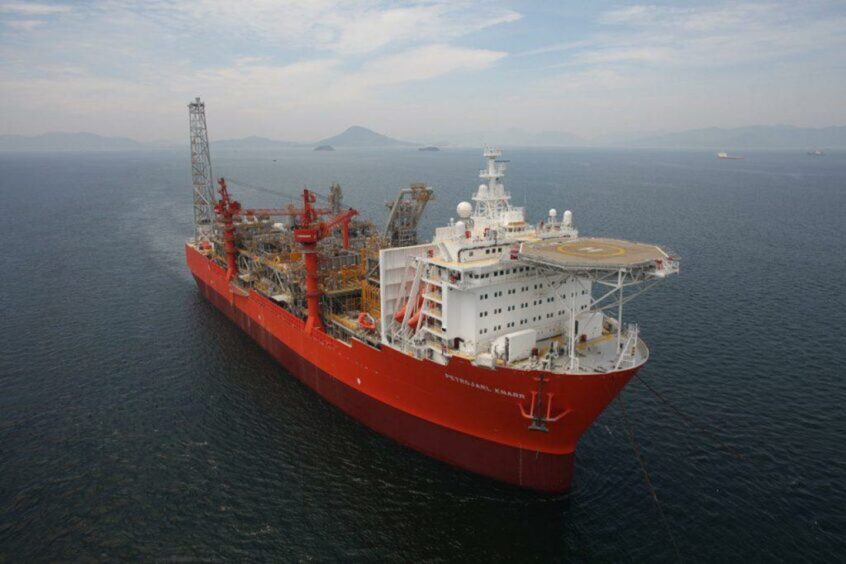 © Supplied by Teekay
© Supplied by Teekay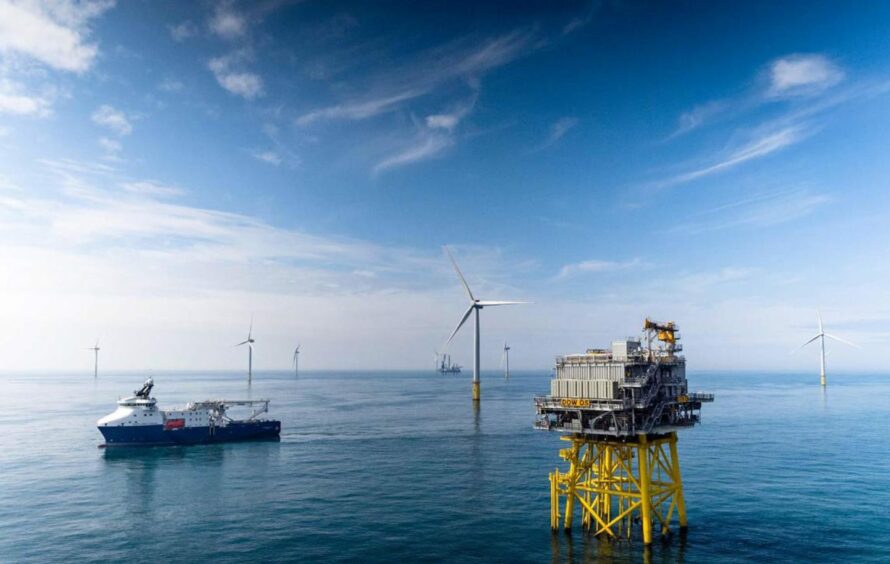 © Supplied by NSTA
© Supplied by NSTA